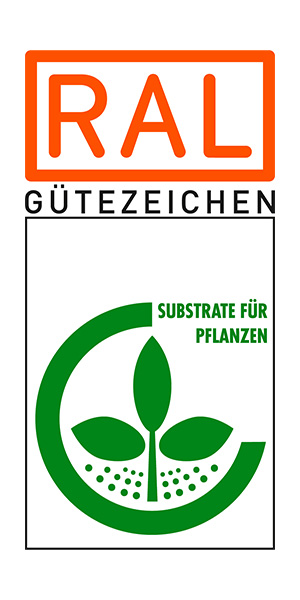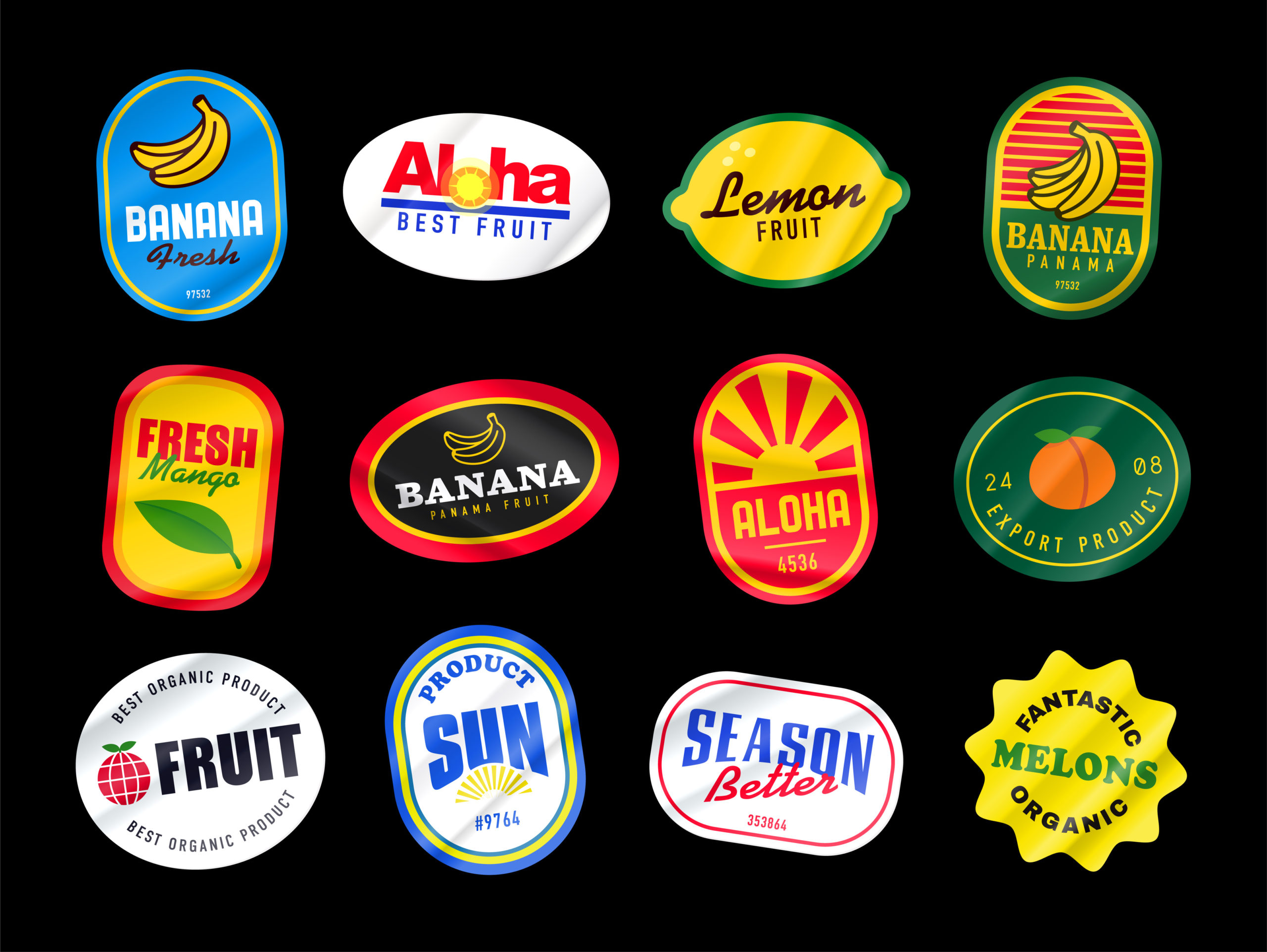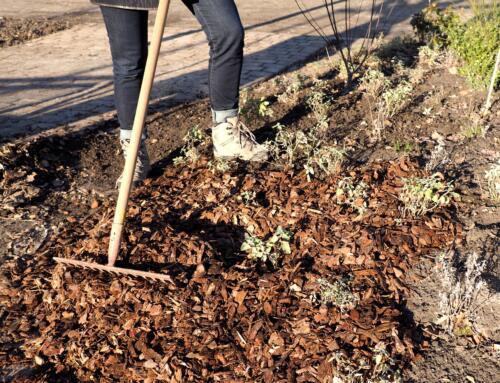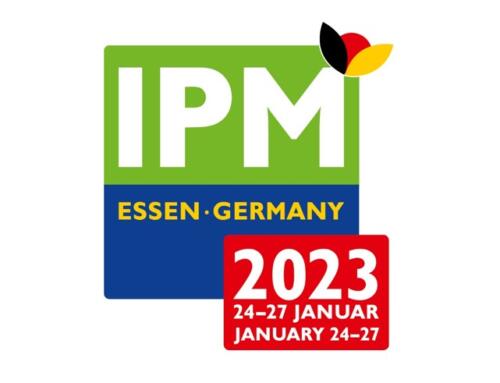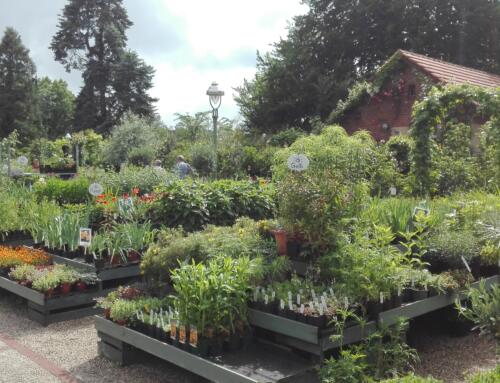Despite meticulous quality controls, foreign matter such as plastic shreds, wire, pieces of metal or even broken glass can occasionally be found also in high-quality potting soils. But how does it actually get into the packaging?
Potting soils are basically a mixture of different growing media constituents obtained from various sources, such as peat (black and white peat), wood fibre, bark humus and green waste compost. The percentages vary depending on the formulation applied and also on whether the substrate is peat-based, peat-reduced or peat-free.
The constituents peat, wood fibre and bark humus are usually free from foreign matter. Sometimes, however, small metal parts or broken bristles from wire brushes may get into the product during machine processing. These should preferably be sieved out in a later step of processing.
Most foreign matter gets into the finished potting soil with green waste compost. The raw material for the compost can be contaminated to varying degrees with plastic residues, glass and other materials, depending on its source. Small pieces of plastic or remnants of fruit stickers are hard to remove without leaving residues, even if a considerable amount of effort is put into the removal, and unfortunately they also frequently pass through the sieves in soil producers‘ filling plants.
Every consumer can contribute to ensuring high compost quality by taking care that the green waste and biowaste they discard does not contain foreign matter. Also, you should never put bags, planters or pots made of biodegradable plastics in the biowaste bin, because they do not decompose fast enough during the short period of composting. They are better disposed of in the residual waste bin.
